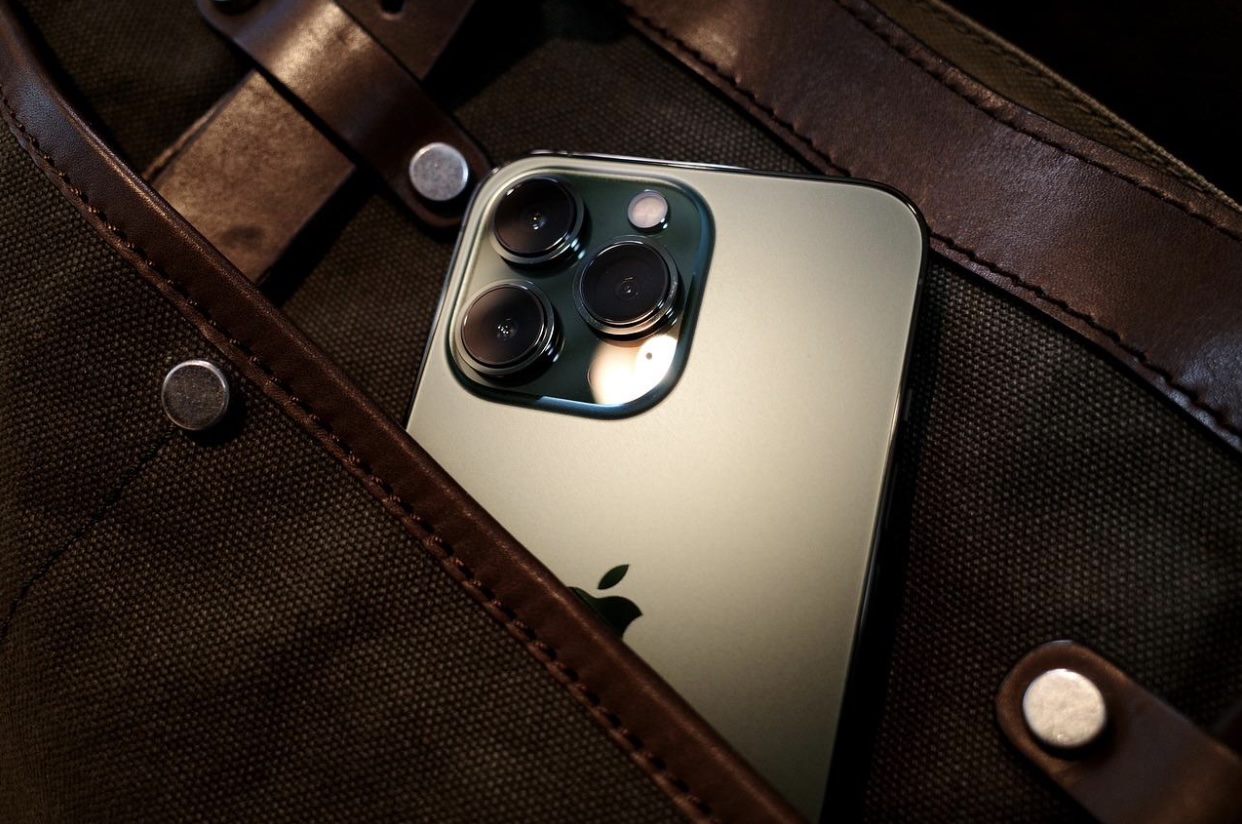May 26 (News On Japan) - In Japan, iPhones make up over 60% of the market share. The pretty design and the reliability have been ͏incorporated into the market because Japanese people consider it a daily need due to apps and features.

By 2025, more users will explore features beyond default settings to make their devices work faster and better. Whether making more space or prolonging the battery life, digital life has changed rapidly due to optimization.
Here, we'll see how Japanese iPhone users optimize their devices in 2025, whether it's about clever maintenance tricks or customization techniques.
Digital Minimalism & iPhone Cleaner Apps
In 2025, digital minimalism has quietly swept Japan, gaining more ground among iPhone fanatics who desire smooth operations and uncluttered spaces. Knowing how to free up space on an iPhone has become necessary, especially with the prominence of high-resolution photos and social applications. Since the primary concern has become decluttering files, many have started wondering how to clean iPhone storage without deleting apps. Learn about the best iPhone cleaner apps to uncover more than simple iPhone storage management tips. There are various options out there, each with different functionalities. While some trace duplicates, others speed up performance aspects while avoiding privacy concerns.
So, cleaner apps have become daily digital housekeeping for many in Japan, whether tidying up the work environment or prepping the device for travel.
Customizing iOS Shortcuts & Widgets
So, how do the Japanese use their iPhones differently? The answer: They are embracing the use of it as a productivity tool, including the adoption of Apple’s Shortcuts app. In a long-commute, time-conscious culture, it makes sense that this would be a place where automation is a practical necessity. It lets users create ‘morning routines’ which open weather apps, news briefings, and public transport schedules with one tap.
Also, the customization of the home screen reflects Japan’s approach to design: minimal, functional, and beautiful. While bright colors can be attractive, neutrals are generally preferred with neatly arranged widgets for that shade to allow varied uses. Frequently used combination features include calendar and reminder stacks for a rather hectic day, widgets to keep an eye on the number of steps or cups of water a day, and to-do lists that sync with productivity applications.
Battery Health & Storage Choices

Users are currently paying more attention to handling storage and balancing the usage of iCloud versus local storage. Although iCloud is better for keeping all devices in perfect synchronization, the limited free storage and some subscription charges have made many users look for other options. Most users prefer local storage solutions over it, and external drives or selective app offloading help them keep a tab on their data instead of having a subscription fee. This is especially useful for older devices, where proper file management can substantially improve their performance.
While focusing on customization, they also focus on battery-saving tips for iPhones in Japan. Users have continuously applied the Shortcuts app to automate low-power mode at specific times, such as overnight or during long commuting hours. Hence, it helps conserve battery. Additionally, there's a growing awareness about maintaining optimal charge cycles; users are advised to keep their battery levels between 25% and 85% and to avoid extreme temperatures, practices that are supported by Apple's Optimized Battery Charging.
Culturally Specific Trends in Japan
Though there are plenty of iPhone customization trends in Japan in 2025, most are related to culture. The long-established keitai culture of personalization and customization on mobile phones will continue influencing people. The change from feature phones to smartphones does not break the custom of desiring individualized experiences, rather, it strengthens the desire. Typically, Japanese users set emoji shortcuts, individual notification tones, or icons, and customize them personally with their app icons.
There are, though, some specific Japanese automation shortcuts that users integrate due to their cultural values. For example, the Japan Transit Planner app is used to navigate the railway system.
QR-based payment systems have become common in Japan, with PayPay leading the market. Users can quickly access payment options through home screen shortcuts, streamlining transactions at point of sales and restaurants.
Final Thoughts
In 2025, Japanese iPhone users redefine smartphone optimization. The approach mixes efficiency with intent, whether competent storage cleanup, battery saving, or cultural personalization. With more emphasis on setting preferences for automation, using iPhones on an average day in Japan indicates a broader change towards purposeful tech habits. These choices, from cleaner apps to custom shortcuts and payment integrations, reflect a rich culture of precision, routine, and simplicity.















